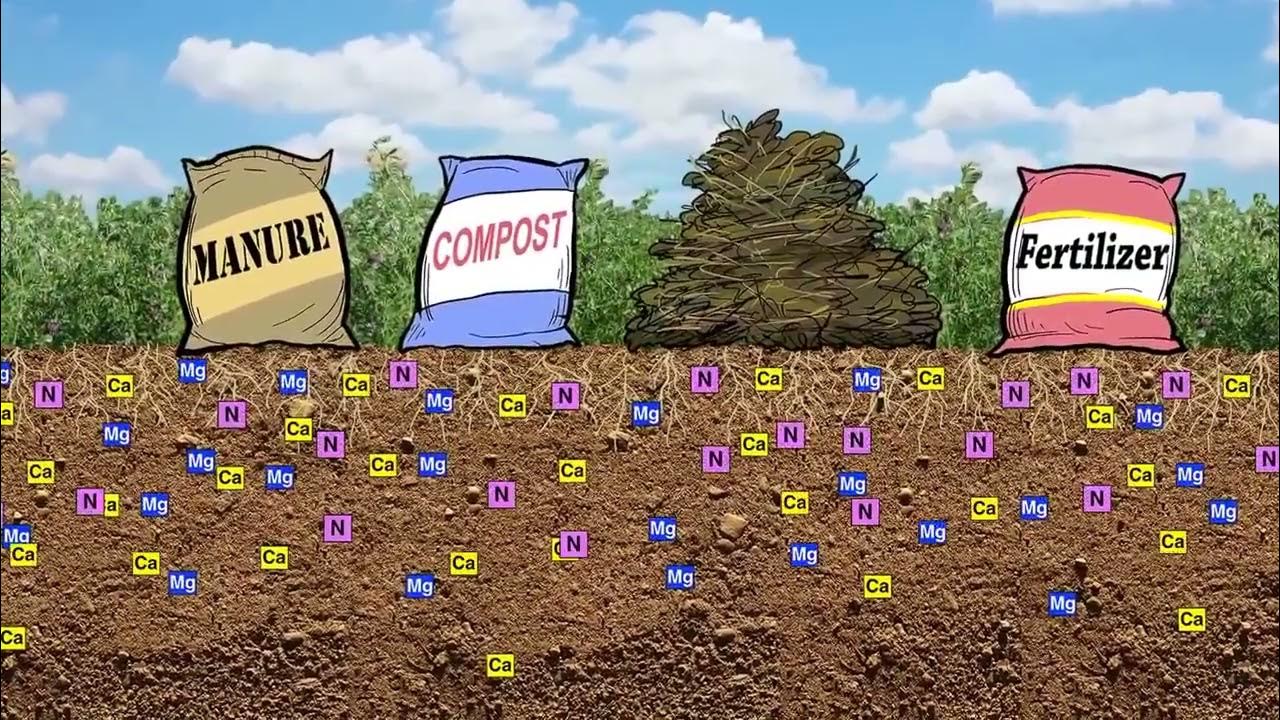DNA transcription and translation McGraw Hill
Summary
TLDRThe script explains the vital role of nutrients in our diet and how our bodies chemically digest food into absorbable nutrients. It delves into DNA's role in storing genetic instructions for protein synthesis through genes. The processes of transcription and translation are detailed, highlighting how DNA is transcribed into mRNA, which is then translated into proteins. The summary also touches on the maturation of mRNA through splicing and the translation process involving ribosomes, tRNA, and amino acids, ultimately leading to protein production essential for physiological functions.
Takeaways
- 🍽️ Our bodies require a variety of nutrients from our diet to function properly.
- 🧬 Nutrients are broken down into absorbable forms by the process of chemical digestion involving enzymes and proteins.
- 🧬 DNA contains genes that provide the instructions for making proteins necessary for life.
- 🌀 Gene expression involves two main processes: transcription and translation.
- 🧬 Transcription occurs in the nucleus, where DNA is used to create messenger RNA (mRNA) with the help of RNA polymerase.
- 🔬 The transcription process includes stages of initiation, elongation, and termination, controlled by the promoter region.
- 🧬 Messenger RNA (mRNA) is modified through a process called splicing, which removes non-coding introns and adds a cap and poly-A tail.
- 🧬 Translation happens in the cytoplasm, where the mature mRNA is used to build a polypeptide chain.
- 🧬 The genetic code is made up of 64 codons, with most coding for specific amino acids and four serving as start and stop signals.
- 🧬 Transfer RNA (tRNA) brings amino acids to the ribosome, matching the mRNA codons through complementary base pairing.
- 🧬 After translation, polypeptides may undergo further modifications in organelles before they are ready to function.
Q & A
What is the primary role of nutrients in our diet?
-Nutrients from our diet are essential for our bodies to function, as they are broken down into usable components that our cells can absorb.
How does our body process the food we consume?
-The process of chemical digestion uses proteins and enzymes to break down food particles into nutrients that our cells can absorb.
What is the source of instructions for manufacturing proteins?
-The instructions to make proteins are contained in our DNA, specifically within genes.
What is a gene and what does it contain?
-A gene is a string of nucleotides in DNA that contains a region coding for an RNA molecule, including a promoter, terminator, and regulatory sequences.
What are the two main processes involved in gene expression?
-Gene expression involves two main processes: transcription, where DNA is used to make messenger RNA, and translation, where the messenger RNA is used to make a polypeptide.
Where does transcription occur in eukaryotic cells?
-In eukaryotic cells, transcription occurs in the nucleus, where DNA serves as a template to create messenger RNA.
What is the role of RNA polymerase during transcription?
-RNA polymerase helps to create a messenger RNA strand by binding to the promoter region of the gene and linking nucleotides to the growing RNA molecule.
What is the purpose of intron splicing in messenger RNA?
-Intron splicing removes non-coding sections called introns from the messenger RNA and adds modifications like a five prime cap and a 3 prime poly-A tail, producing a mature messenger RNA strand ready for translation.
How is the information in mature messenger RNA translated into a protein?
-The mature messenger RNA's information is translated into a protein through a process involving codons, transfer RNA, and ribosomes, which match amino acids to their corresponding codons.
What are codons and how many are there in the genetic code?
-Codons are three-letter codes made from nitrogenous bases that determine which amino acid is added during protein synthesis; there are 64 codons in the genetic code.
What happens to the polypeptide after translation is complete?
-After translation, the polypeptide may undergo modifications in different organelles before it is ready to function, such as being secreted into the digestive tract for digestive enzymes.
Outlines

Этот раздел доступен только подписчикам платных тарифов. Пожалуйста, перейдите на платный тариф для доступа.
Перейти на платный тарифMindmap

Этот раздел доступен только подписчикам платных тарифов. Пожалуйста, перейдите на платный тариф для доступа.
Перейти на платный тарифKeywords

Этот раздел доступен только подписчикам платных тарифов. Пожалуйста, перейдите на платный тариф для доступа.
Перейти на платный тарифHighlights

Этот раздел доступен только подписчикам платных тарифов. Пожалуйста, перейдите на платный тариф для доступа.
Перейти на платный тарифTranscripts

Этот раздел доступен только подписчикам платных тарифов. Пожалуйста, перейдите на платный тариф для доступа.
Перейти на платный тариф5.0 / 5 (0 votes)






